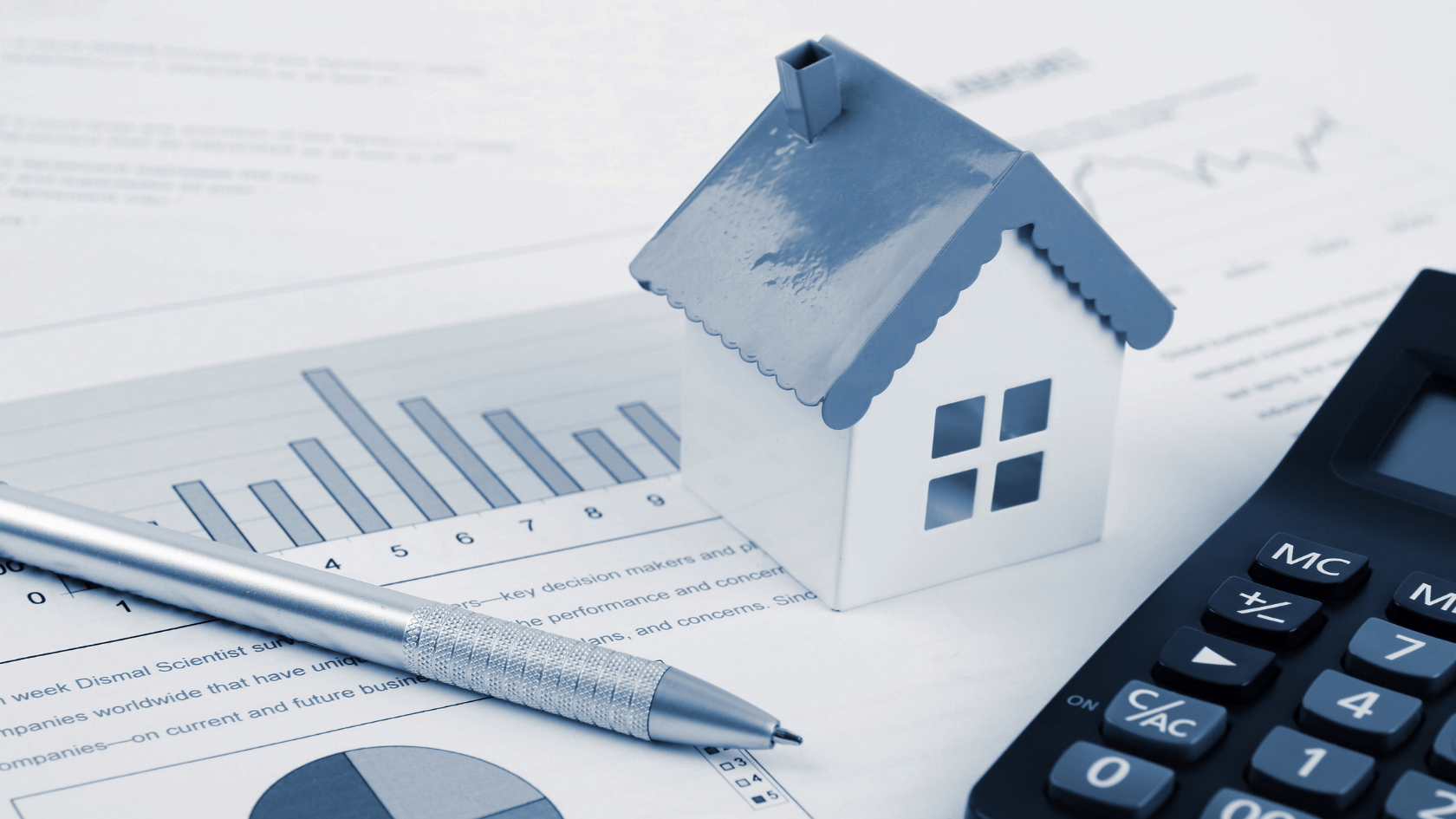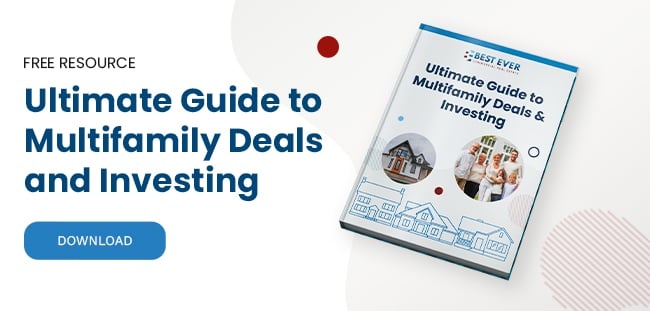When real estate investors explore the housing market for the newest addition to their portfolios, the focus is on expected returns from an investment property. While investors assess a variety of metrics to determine if they'll get a good rate of return on an asset, the capitalization rate, or cap rate, is at the forefront of determining if a piece of real estate is a worthwhile investment. However, compressing capitalization rates can lead to potential changes in how investors approach their deals.
What is a cap rate?
When investing any money in commercial real estate, capitalization rates, also known as cap rates, are crucial for investors to evaluate before agreeing to a deal. The return on investment, or ROI, generated is expressed as a percentage of the acquisition price of a property. This is calculated by dividing net operating income, or NOI, by the current value of the property. This creates the cap rate for investors to review.

A higher cap rate indicates that the expected returns from a property are riskier, and real estate investors will pay less for such property. A lower cap rate represents a less risky property, and an investor will be more willing to pay above the property value to receive a lower yield. On the other hand, investors can view a cap rate as a reflection of the price a real estate private equity (REPE) investor is willing to pay to purchase an income stream.
What is cap rate compression?
Capitalization rates are not fixed by the market or property sector. They increase and decrease in response to changing conditions in the real estate market. Cap rate compression occurs when the rates decline, which, as valuations rise, works in favor of REPE investors. Lower cap rates imply rising prices for a stream of income. This creates an ideal scenario for commercial real estate investors because it results in price appreciation and higher total returns on real estate investing.
Investment returns are derived from two sources: income stream, or cash flow, and appreciation. Income is derived from tenants paying rent on commercial real estate properties. This stream may increase when market factors in a given part of the U.S. see an increase in demand for rental properties. This makes real estate investors more willing to pay a higher price for the income stream.
If a cap rate compresses at the same time that NOI rises, investors are put in the driver's seat, as the appreciation of a rental property can be dramatic. That's why some real estate syndications and REPE investors are highly incentivized to find a property market where the chance for cap rate compression is the highest. It's sometimes assumed that lower cap rates result in lower risk, but this is not always the case. In some scenarios, the cap rate is lower because of increased property values, as risks may increase as values climb.

Why does cap rate compression occur?
Cap rate compression is driven by a variety of metrics. Market conditions are usually the prime factor in addressing the measure of risk in commercial real estate investment. If overall economic conditions are healthy in a regional real estate market, such as high employment rates and rising salaries, demand for most properties will rise. This results in a reduction in the percentage of investment returns, paving for plenty of investment opportunities.

Among the other major factors in cap rate compression is the supply and demand for property. Currently, there is leverage across the real estate landscape in the U.S. because of supply chain issues that are halting the construction of new properties and renovation of existing ones. This has led to an increased demand for existing real estate. This demand from tenants for space can prove to be a boon for property investment, as those in the market for a rental are willing to drop more for their monthly rent.
Low or falling interest rates can also impact cap rate compression. When interest rates are low or falling, capitalization rates compress because the cost of borrowing becomes relatively cheap, so investors can borrow more to acquire different properties. More investors will increase their demand for commercial properties, creating an incredibly competitive market where prices rise in view of the new demand and investment yields fall.
Outside of the real estate realm, everything from the infrastructure of a region to adjustment in the stock market can drive cap rate. While these circumstances are outside of an investor's control, they do cause prices to rise and capitalization rates to compress. That's why any investor or investment group needs to monitor these evolving trends.
How does the cap rate impact investors in a recession?
Demand for industrial property and real estate remains high, but fears of a potential recession do have some investors questioning what direction to take with their current assets, or even expanding their portfolio. Of course, a higher cap rate will drive better real estate deals, as there is a higher annual yield versus a lower purchase price on potential properties.

However, an acceptable cap rate is always relative. Each property is unique, varying from buyer to buyer, year to year, and even month to month during periods of economic uncertainty. Rising interest rates, stock market worries, and rampant inflation have real estate investors playing their cards close to their chest. In a mortgage market where long-term interest rates will be higher, today’s cap rate needs to reflect this expectation.
The cap rate remains fluid, with the real estate market acting accordingly with a lingering fear of an economic downturn. With a higher cost of borrowing and no increase in real income, capitalization rates can generally be expected to rise. Depending on the property type, investors may see a 50 to 150 basis point increase in their cap rate. However, there is a multitude of factors that could test real estate investors for the foreseeable future. Pursuing investment opportunities in regions with demonstrated growth and development won't put investors at much risk.
About the Author:
Annie Dickerson and her partner Julie Lam are founders of Goodegg Investments — an award-winning real estate private equity firm — and creators of the Real Estate Accelerator Mentorship Program. They are authors of the book Investing For Good and hosts of the popular Life & Money Show podcast: https://goodegginvestments.com/



